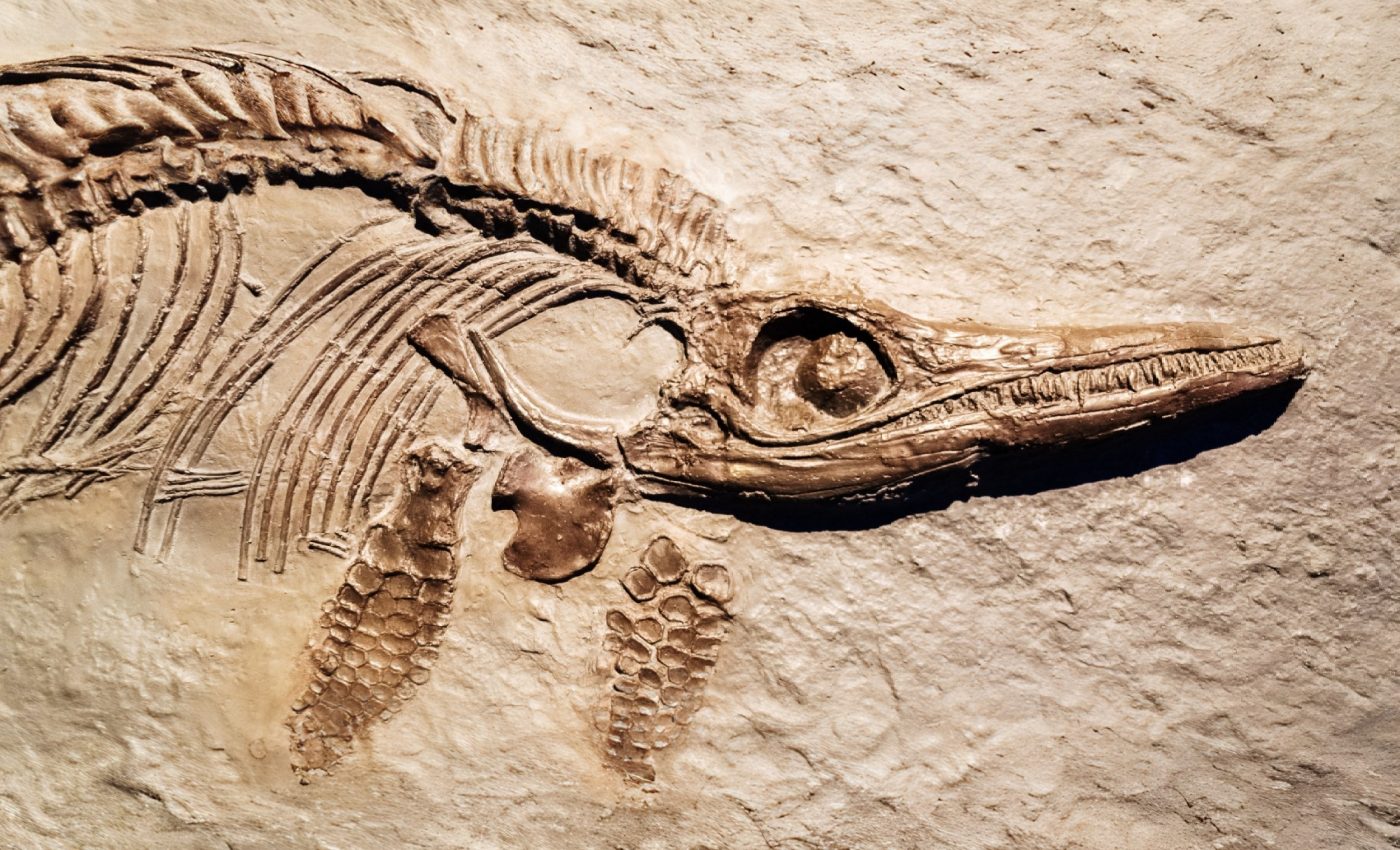
Ancient sea creatures may have used magnetic particles to navigate oceans
For millions of years, Earth’s magnetic field has helped animals move through their environments. Birds, turtles, and fish are known to use it as an invisible map.
But now, scientists have found clues that ancient marine life may have been doing the same thing – only with some serious magnetic muscle. Researchers recently discovered fossilized magnetic particles buried in ancient seafloor mud.
These particles are unlike anything we typically see in modern magnet-sensitive creatures. They’re massive – ten to twenty times larger than the usual biological magnetite particles made by bacteria.
The particles might have acted like internal magnetic sensors, giving their creators a kind of built-in compass.
Giant magnetic fossils revealed
A few years ago, unusually large magnetite particles were found in deep-sea sediments. These particles, now called “giant magnetofossils,” come in different shapes – spindles, spearheads, bullets, and needles.
They’re made of the same material (magnetite) as the tiny particles used by magnetotactic bacteria, which use them to align with Earth’s magnetic field. But these new finds are a whole different size category.
The giant magnetofossils are far too large to help with basic magnetic alignment, which raised a major question: Why did these ancient organisms make them?
Some scientists thought the particles served as armor – hard, pointy, and tough to crack, possibly helping the creatures avoid being eaten. But others weren’t convinced. A new idea began to take shape.
Not armor, but navigation
A group of scientists set out to explore whether these particles were more than just protective gear. Maybe, they thought, the particles actually helped their creators detect very slight changes in Earth’s magnetic field.
Not just which direction was north, but subtle shifts in strength and orientation. That kind of sensitivity could allow animals to pinpoint their location – like GPS, but magnetic.
To test this theory, researchers needed to look inside one of these magnetofossils. Not just the shape, but how the magnetism was arranged inside the particle – known as its “magnetic domain” structure. That’s not easy.
Cutting the particles open would destroy the magnetic patterns, so the team used a non-destructive imaging method that let them see the full magnetic structure in 3D without slicing anything apart.
Mapping a fossil’s magnetic core
The sample they studied was shaped like a spearhead, about 2.25 microns long and 1.1 microns wide. It came from sediment in the North Atlantic that’s around 56 million years old.
To look inside, the researchers used a powerful tool at the Diamond X-ray source in Oxford, UK. The method is called pre-edge phase X-ray magnetic circular dichroism (XMCD) ptychography.
It was originally developed by Claire Donnelly at the Max Planck Institute in Germany. This approach let the scientists create a full 3D map of the magnetic forces inside the tiny fossil.
“This was a truly international collaboration involving experts from different fields, all working together to shed light on the possible functionality of these magnetofossils,” said Sergio Valencia, a physicist at the Helmholtz-Zentrum Berlin (HZB) who lead the project.
Vortex of ancient navigation
The imaging showed something surprising: the inside of the magnetite particle held a single magnetic vortex. That’s a stable, swirling magnetic pattern. It reacts strongly to changes in the Earth’s magnetic field.
This suggests the particle could have been extremely sensitive to local magnetic changes – far more than what’s needed just to face north.
That kind of sensitivity could give an organism detailed information about where it was in the ocean. “Marine organisms, for example a fish, may have used this property for magnetic navigation,” said paleomagnetism researcher Richard Harrison.
Even if these particles started out as armor, evolution might have turned them into navigation tools over time. Animals using Earth’s magnetic field to get around is nothing new. Many species – from mollusks and frogs to birds and whales – still do it today.
The real kicker? These giant magnetofossils show up in sediments dating back at least 97 million years. That means magnetic navigation might be far older than we thought.
Magnetic fossils and ancient life
These findings don’t just help us understand Earth’s past. They could help us look for signs of life on other planets – especially Mars.
“Iron-oxide particles resembling those made by some bacteria on Earth have been discovered on the Martian meteorite ALH84001, although their biological origin is strongly disputed,” said Harrison.
“As we continue the search for evidence of life on Mars through sample return missions, we now have a method to investigate any new potential magnetofossils found and provide evidence to support or refute their biological origin.”
“It would be very exciting to use this experimental technique to evaluate the morphological and magnetic fingerprints of those iron-oxide particles. This could help in the search for evidence of past life,” added Valencia.
With better tools to study magnetic fossils, both ancient and alien, scientists now have a new way to explore not just where life has been – but how it might have found its way.
The full study was published in the journal Communications Earth & Environment.
—–
Like what you read? Subscribe to our newsletter for engaging articles, exclusive content, and the latest updates.
Check us out on EarthSnap, a free app brought to you by Eric Ralls and Earth.com.
—–













